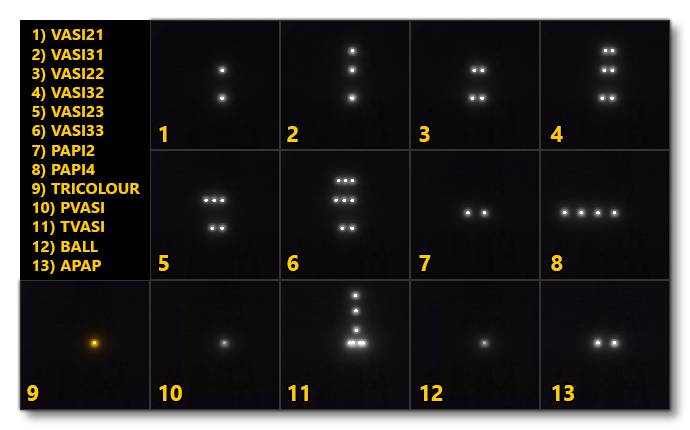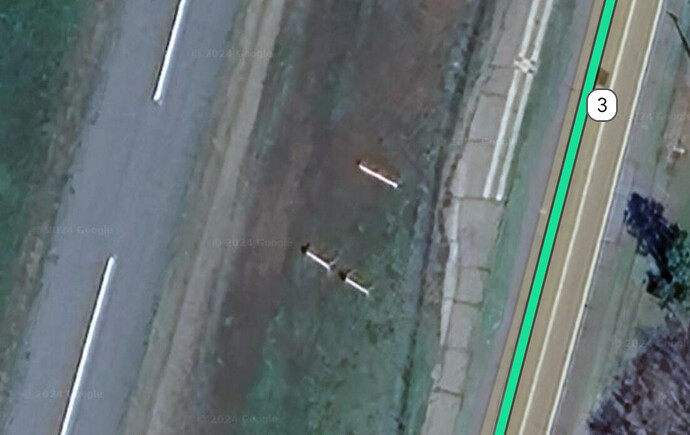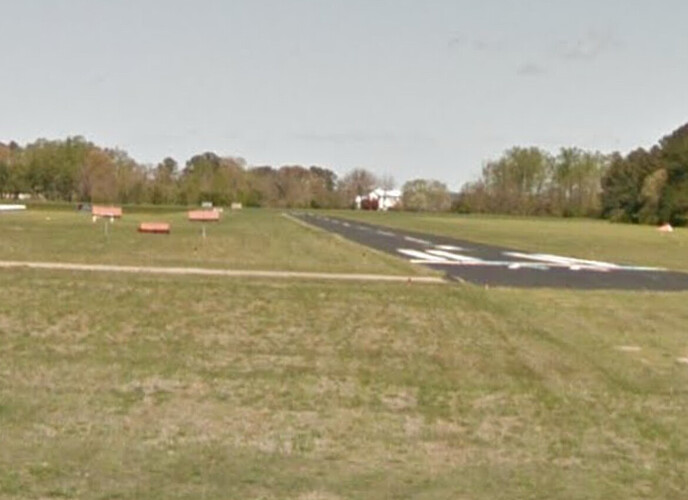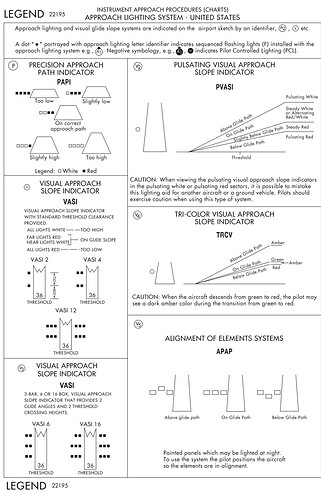Some supplemental info on APAP:
It’s basically a cheap VASI system as it doesn’t require any electricity and it’s fairly effective. It uses three brightly painted panels, the front two are elevated on poles, set at the nominal glidepath from the rear, middle panel, which is positioned on the ground, farther back from the front two. In conjunction, the parallax created by the juxtaposition of the panels shows whether the aircraft is on the glidepath.
There aren’t many certified installations remaining in the US (about a dozen airports), but I know there are more “unofficial” installations that don’t appear on the master database.
Here are a few photos of real-world installations:
Weaverville Pool Field, CA (O54) (uncharted unit)
Overhead
Hummel Field, VA (W75)
The last is an older street view, the current overhead won’t show the installation because it’s been replaced by a P2L.
Also, slightly off-topic, but I’ve never seen a real-world example of #5 in @N316TS list. It seems very impractical. There used to be similar installations back in the day (especially at Air Force Bases) of what was known as a VASI 12, which was 3 + 3 units on each side of the runway.
Then, similarly, #6 is similar to 1/2 (one side) of a VASI16, but it’s upside down. The VASI16 was 2 + 3 + 3 on each side of the runway (from upwind to downwind), like the VASI12, but with the extra bar on the upwind side, designed for high-cockpit/long aircraft. But the extra bar was only two units per side, while the other two bars were three units per side. I say “was” because there are currently no VASI16 installations in the US (most 3-bar VASI have been replaced by PAPI4 units).
Here’s the diagram of how this all should look (including the APAP), which can be found in the legend of the US Terminal Procedures:
So if you’re fixing the APAP, can the others get some love as well?





